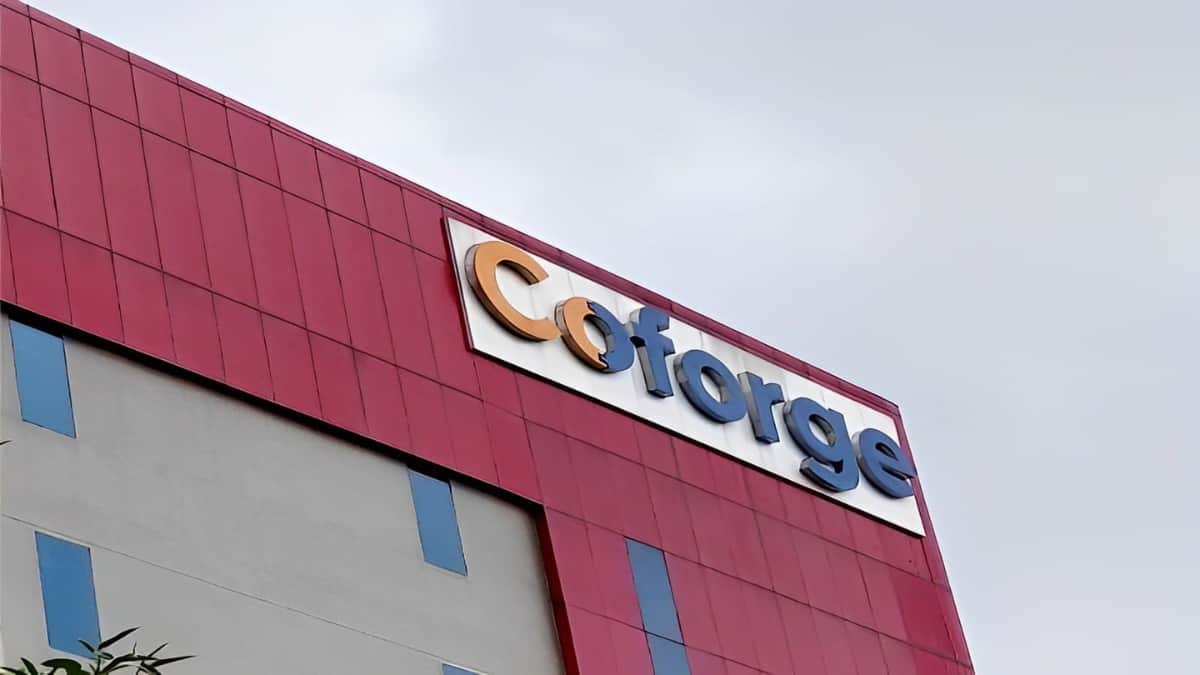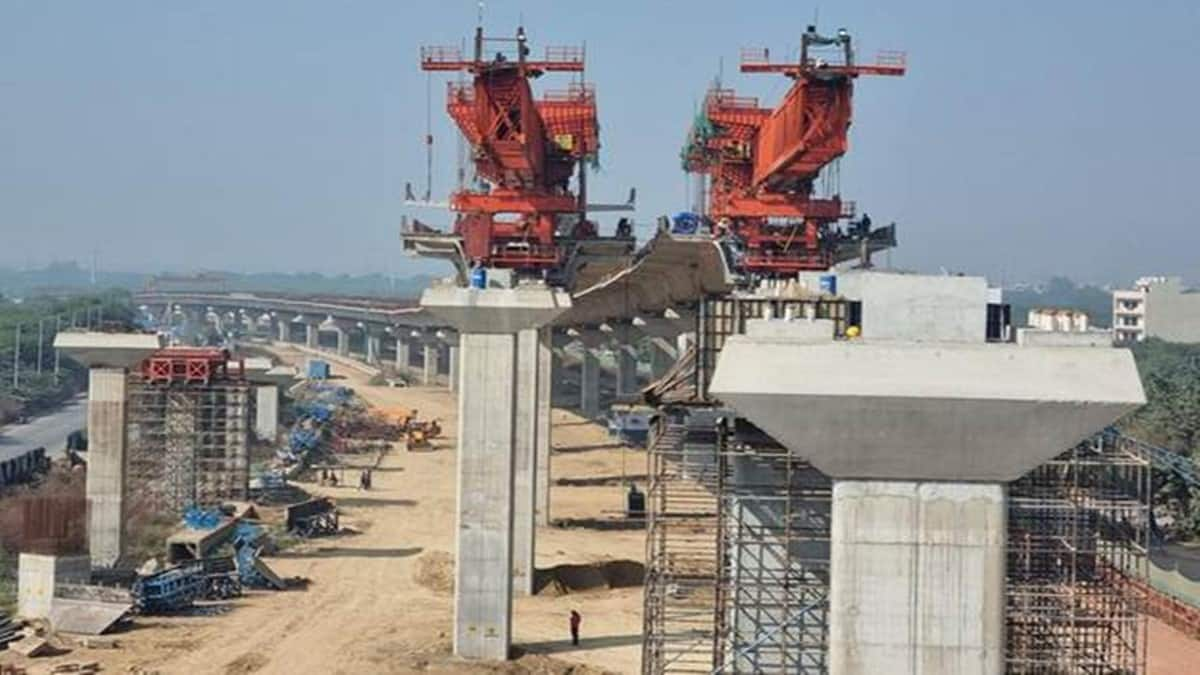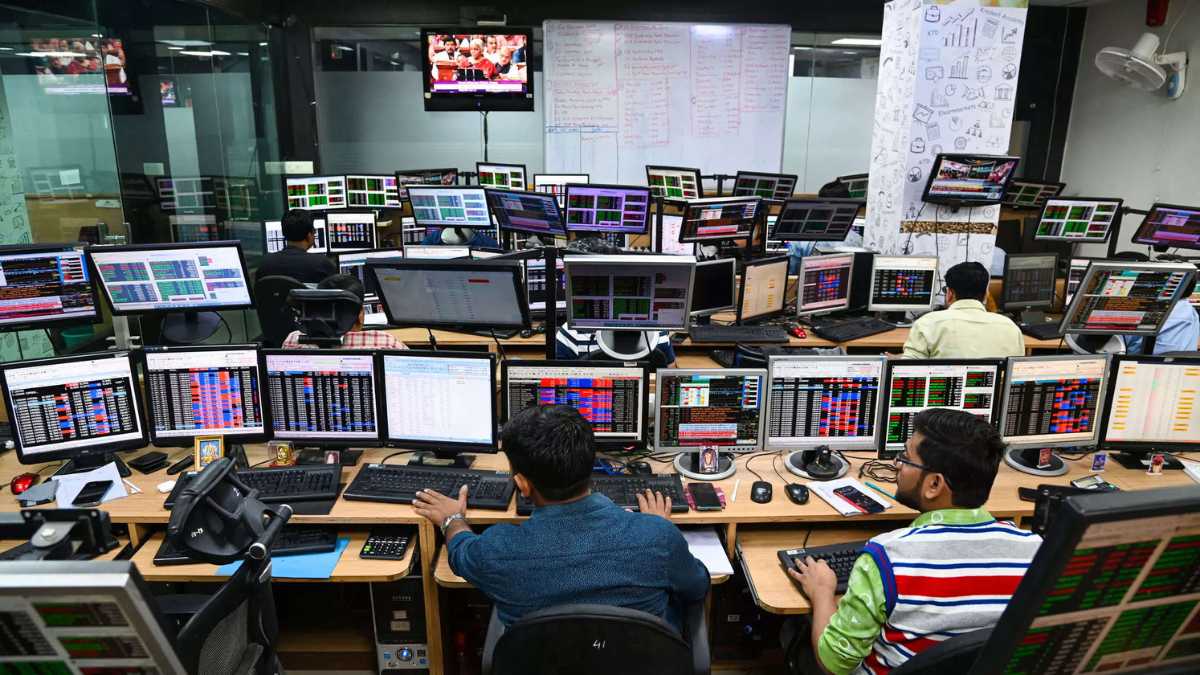Samvat to Samvat: Investor wealth rose by Rs 46 trillion

Samvat 2079 was a year filled with global uncertainties, but the Indian market was able to absorb all the chaos and turn in decent returns of almost 10% — higher than the average inflation rate of 5.85%. The total investor wealth grew by Rs 46 trillion or 17% to Rs 320.3 trillion.
It was tough year globally – geopolitical tension due to the Russia-Ukraine war and more recently, Israel-Hamas conflict. Inflation spiralled across the world leading to strong interest rate action from central bankers. US bond yields and threat of rising crude oil prices remain a worry.
During Samvat 2079, the Sensex gained 9.3%, while Nifty climbed 10.3% in comparison to the previous Samvat where both the indices were in the negative 0.8% and 1.4%, respectively.
“Resilient economic conditions, healthy corporate earnings, FII inflows (Mar-Aug’23), all-time high SIP (Systematic Investment Plan) level, and retail participation drove the market,” said Motilal Oswal Institutional Equities in a note. Further, a moderation in inflation and expectations that global interest rates may have peaked in the last few months supported equities, it added.
Sectors such as industrials, capital goods and realty were the top contributors to the index growth during this timeframe. BSE Industrials climbed 57.04%, followed by BSE Realty up 54.04% and BSE Capital Goods rising 49.77%.
“Both FPI flows and local flows have been instrumental in this performance,” said Deepak Jasani, Head of Retail Research, HDFC Securities, adding that India is one of stand-out performers among the emerging markets with all the global financial institutions raising the GDP forecast and allocation to Indian markets.
Nifty PSU index also increased about 53.15%, while Nifty Bank and Nifty Private Bank gained 7.11% and 8.03%, respectively.Midcaps and smallcap indices outperformed the benchmarks in Samvat 2079. BSE MidCap index rose 30.86% and BSE SmallCap advanced 33.84%. The large cap index, BSE LargeCap gained 8.22% in Samvat 2079.
A hawkish view of the central bank on interest rates, rising bond yields, rising Covid-19 caseloads in China and subsequent lockdowns, union-budget related developments and other macroeconomic factors had collectively subdued the market performance in the first half of Samvat, said Axis Securities in a note.
Higher monthly inflows into SIPs serves as a “compelling indicator of investors’ steadfast confidence in India’s growth trajectory,” it said.
The top Nifty gainers during the year included Tata Motors, Larsen & Toubro, Bajaj Auto, Oil and Natural Gas Corporation and NTPC, while Adani Enterprises, UPL, Infosys, Kotak Mahindra and Hindustan Unilever were the top laggards.



Leave a Comment